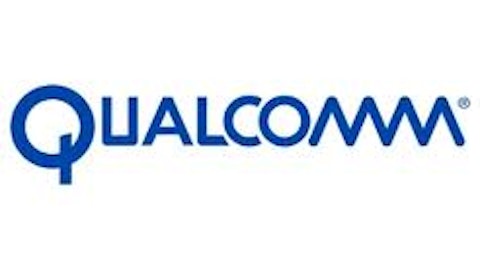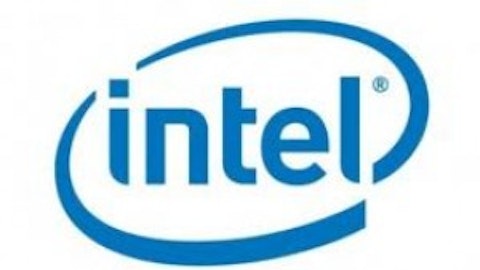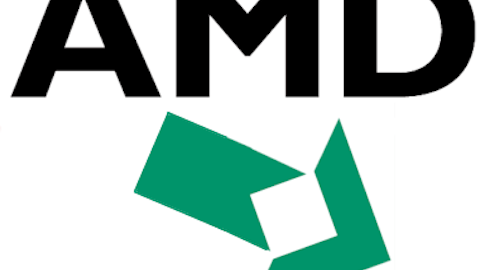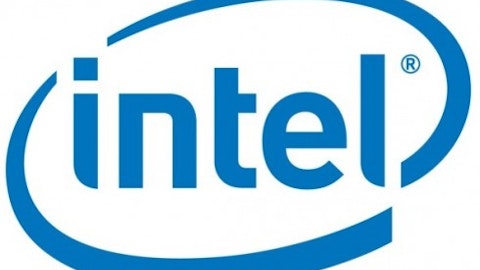NVIDIA Corporation (NASDAQ:NVDA) launched its first fully integrated 4G LTE mobile processor on Feb. 19, and also showcased its reference smartphone platform, code-named Phoenix, running on the Tegra 4i processor.

NVIDIA’s fiscal fourth-quarter profit jumped a bigger-than-expected 50% as the chip maker reported stronger sales and wider profit margins. The company’s growing focus and success in the mobile computing space has cushioned the negative impact of lower PC shipments on its growth rate. Non-PC revenue currently accounts for approximately 30% of NVIDIA Corporation (NASDAQ:NVDA)’s overall revenue, compared with 7% three years ago.
NVIDIA’s Tegra revenues increased from $591 million in 2011 to $765 million in 2012, and analysts expect the figure to reach $2 billion by the end of 2019. In this post, I will address how the launch of Tegra 4 family of processors could benefit NVIDIA’s shareholders amid fierce competition.
Tegra 4 Family to Boost NVIDIA’s Mobile Revenue
Tegra 4 is the world’s first quad-core processor based on Cortex A15, ARM Holdings plc (ADR) (NASDAQ:ARMH)’s most advanced CPU core. This is a single integrated processor that offers a longer battery life and powers all major functions of a smartphone. The chip delivers a more realistic gaming experience, new camera capabilities through computational photography, faster web browsing, and higher resolution displays. With an optional chipset, Tegra 4 also offers worldwide 4G LTE voice and data support. In addition, NVIDIA Corporation (NASDAQ:NVDA) claims that Tegra 4 consumes 45% less power than the Tegra 3 processor. Tegra 4 chips will target new tablets and high-end smartphones designs.
Tegra 4i is based on a 28nm shrink of the ARM Cortex A9, also used in Tegra 3. Tegra 4i is the highest performance CPU core and is only half the size of its nearest competitor, QUALCOMM, Inc. (NASDAQ:QCOM)’s Snapdragon 800. Tegra 4i focuses on bringing the super phone experience to the more affordable mobile market.
Tegra 4 will face Steep Competition from Qualcomm
Due to newer transistors and die shrink, the processor cores of Tegra 4i will be smaller, cheaper and faster (clock speed will rise up to 2.3GHz from 1.4 – 1.7GHz). Qualcomm’s Snapdragon S4 Pro is not really faster than a stock ARM Cortex A9, so the Tegra 4i can be quite competitive with Qualcomm’s latest Snapdragon line of processors.
Qualcomm’s Adreno 320 in its S4 Pro is about twice as fast as the graphics seen in the Tegra 3. But NVIDIA has significantly improved its GPU (graphics processing unit) speed and performance in both Tegra 4i and Tegra 4 (5x and 6x the GPU cores, respectively, over Tegra 3).




